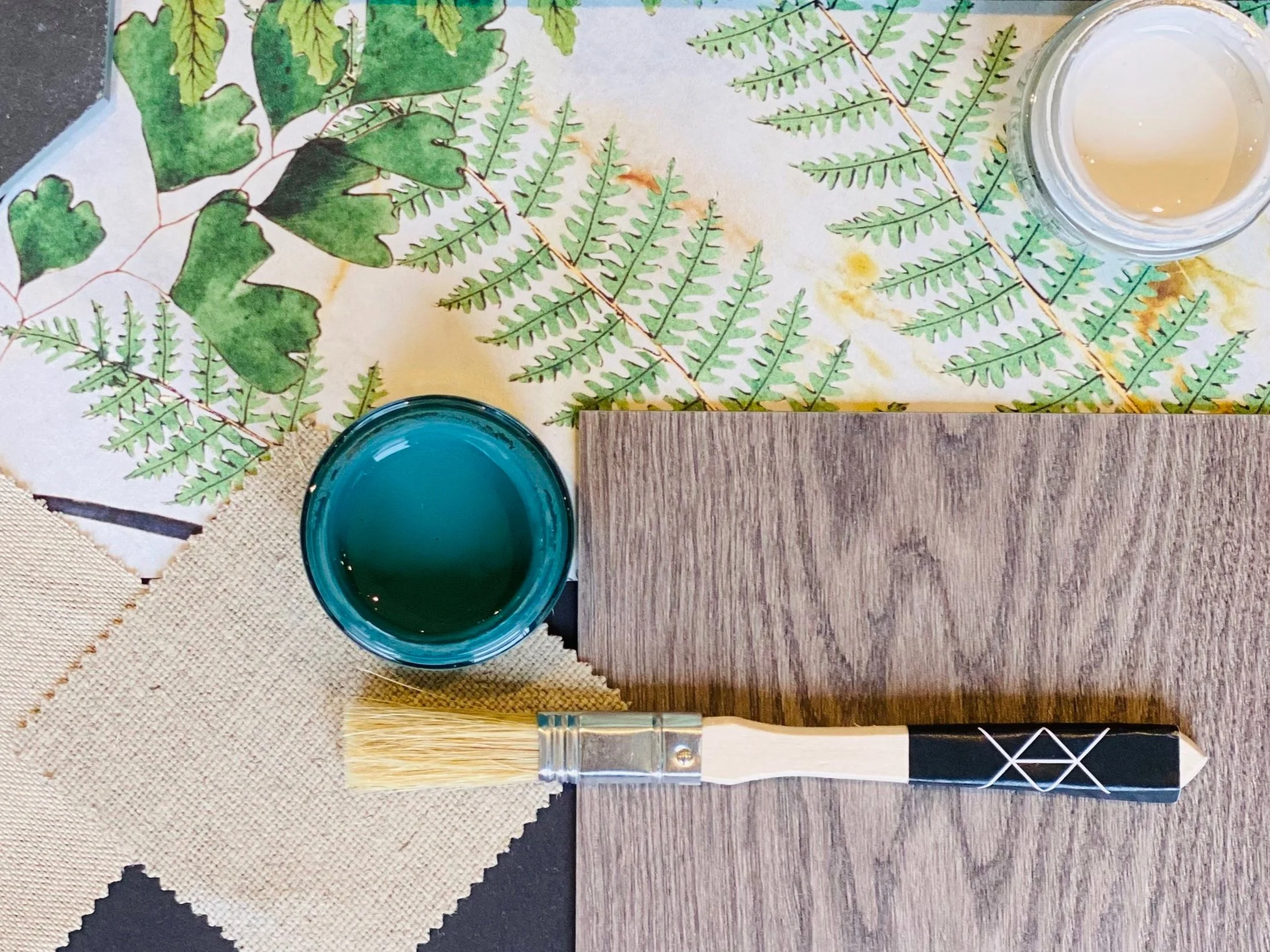Bring the outdoors in - Biophilic Design - A practice for wellbeing
Biophilic design, the practice of incorporating elements of nature into the built environment, has gained significant popularity in recent years. This innovative approach harmoniously blends the world of architecture and interior design with the power of nature, resulting in spaces that promote physical well-being, enhance productivity, and create a sense of tranquility.
Central to biophilic design is the understanding that humans have an innate connection to nature. As urbanization continues to rise and people spend more time indoors, this connection becomes increasingly crucial. By integrating elements like natural light, greenery, water features, and natural materials, designers can create spaces that not only look beautiful but also serve as sanctuaries for the human psyche.
One fundamental aspect of biophilic design is the utilization of natural light. Maximizing the use of daylight not only reduces energy consumption but also provides occupants with the ever-changing, dynamic qualities of natural lighting. Large, strategically placed windows, skylights, and lightwells allow for the penetration of sunlight deep into the interior, creating vibrant and uplifting spaces. This connection to the outdoors through light fosters a greater sense of connectedness to the surrounding environment.
Greenery plays a vital role in biophilic design, as it connects us with nature through the inclusion of plants, living walls, and even indoor gardens. Not only do plants purify the air, but they also provide visual stimulation and a calming effect. The presence of greenery has been proven to reduce stress levels, boost creativity, and enhance overall cognitive function. Incorporating plant life into interior spaces ensures a sense of freshness and vitality, bringing a touch of nature's serenity indoors.
Water features are another key element of biophilic design. The soothing sound and visual presence of water create a calming atmosphere that helps to reduce anxiety and promote relaxation. The incorporation of elements such as indoor waterfalls, fountains, or ponds can transform any space into a peaceful retreat. Water acts as a natural separator, providing privacy while simultaneously connecting different areas, enhancing the overall flow and harmony of the space.
Using natural materials is essential in biophilic design as they evoke a connection to the earth. Wood, stone, clay, and other organic materials bring a sense of warmth and authenticity to interior spaces. Not only are they aesthetically pleasing, but they also contribute to the overall well-being of occupants by improving indoor air quality, sense of self and calm that only nature can instil.
The Transformative Power of Art
In a world filled with ever-evolving technology, it’s tempting to overlook the importance of art in our homes. However, art possesses a profound ability to enrich our lives and create a sense of harmony within our living spaces. Not merely an extravagant luxury, art is
In a world filled with ever-evolving technology, it’s tempting to overlook the importance of art in our homes. However, art possesses a profound ability to enrich our lives and create a sense of harmony within our living spaces. Not merely an extravagant luxury, art is an essential element that can breathe life into the walls of our homes, transforming them into personal sanctuaries of self-expression and inspiration.
First and foremost, art holds the key to unlocking our emotions and igniting our imagination. A carefully chosen piece of art can evoke a range of feelings, from tranquility to excitement or even nostalgia, different to all who view it. Imagine walking into your living room after a long day at work, only to be greeted by a vibrant painting that instantly lifts your spirits and takes you to a place of serenity. Art has an unparalleled ability to awaken our senses, elevate our mood, and infuse our daily lives with a sense of wonder. This is why it is always a pivotal aspect of our interior design process.
Moreover, art possesses the remarkable ability to reflect our individuality and showcase our personal taste. Our homes are extensions of ourselves – they tell our stories, represent our values, and make us feel truly at home. By carefully curating a collection of art, we transform our living spaces into a visual autobiography. It’s an opportunity to display pieces that resonate with our personalities while celebrating the diverse and vibrant world of creative expression.
Art also enhances our cognitive abilities and fosters a sense of intellectual stimulation. Surrounding ourselves with thought-provoking artworks encourages curiosity, critical thinking, and open-mindedness. Art challenges us to interpret, analyze, and appreciate the narratives and symbolism embedded within each piece. Moreover, studies have shown that exposure to art can improve focus, memory, and problem-solving skills, enhancing our overall cognitive well-being. By integrating art into our homes, we create an environment conducive to intellectual growth and creative inspiration.
Furthermore, art can serve as a bridge between generations and cultures, fostering a sense of inclusivity and diversity within our homes, something we love. Art transcends language barriers, cultural differences, and even time itself. By incorporating art from various periods and cultures, we encourage dialogue and an appreciation for the vast array of human experiences. Through art, we can create a unifying space that celebrates our shared humanity, while simultaneously honoring our unique backgrounds and perspectives.
Finally, art enriches our visual environment, making our homes more aesthetically pleasing and nurturing our sense of beauty.
HowTo - Pick Good Tradespeople
There are a few golden rules when picking your trades, although it’s worth remembering that no amount of playing by the rules guarantees anything. These are just a few top tips to help guide you on your way and give you some confidence in picking the right professionals to get your project completed with as much ease as possible.
Top Tips:
1. Always get 2-3 comparable quotes, and remember to include the VAT.
2. Ask about; personal recommendations and great reviews and provide a solid ground for finding the right professional.
3. Platforms such as checkatrade.com and ratedpeople.com are all good reference points. Check reviews carefully,
4. Make sure you sign a written contract or agreement in order to get the job completed on cost.
5. Make sure the company/individual you employ has adequate insurance and always ask to see their policies/qualification when relevant (i.e. working with gas etc.)
6. Finally, NEVER pay fully up front! Agree a schedule of payments and project targets from the outset.
Big Don’ts
1. Don’t pay up front!
2. Don’t accept the first person through the door.
3. Don’t employ trades that come knocking on your door and push their services. Reputable tradesmen will not cold call.
4. Don’t sign contracts or pay anything without seeing their insurance/accredited documents.
5. Don’t trust a tradesman that won’t provide references when asked, or proof of accreditation if required.





